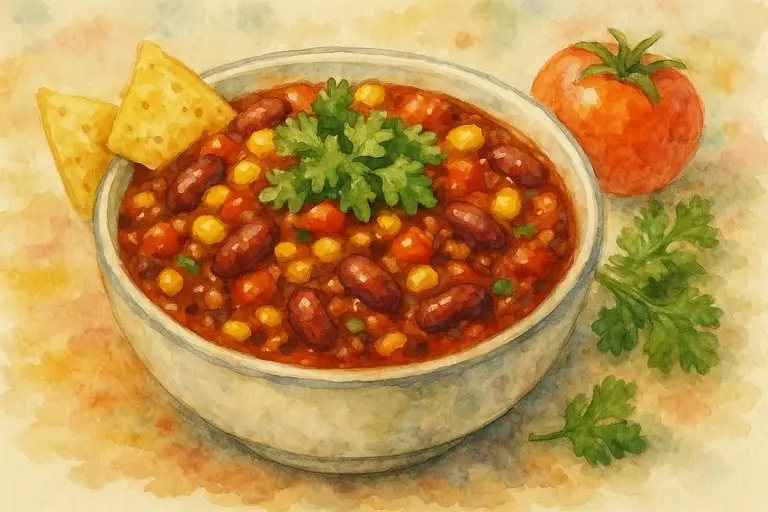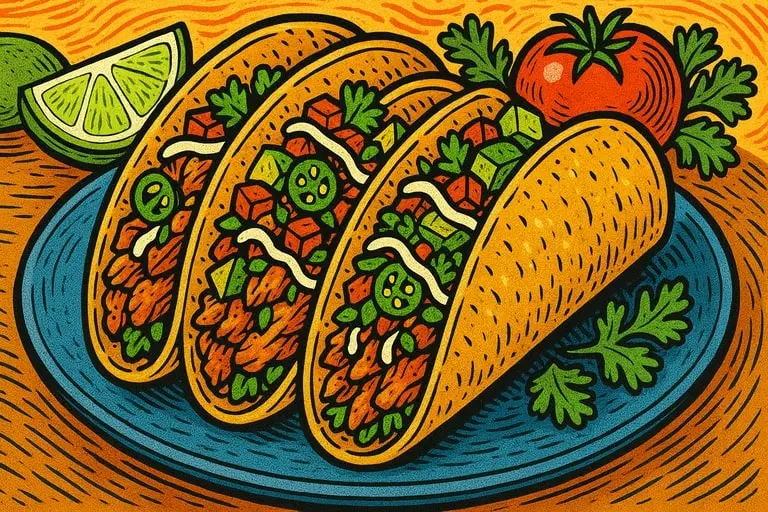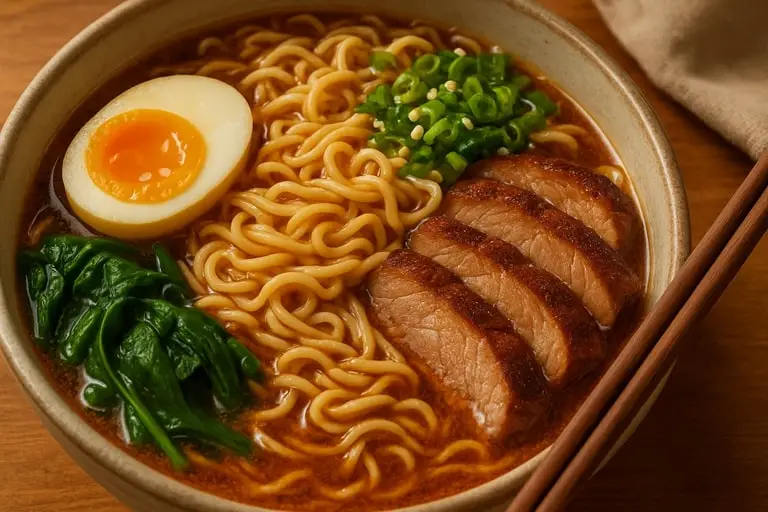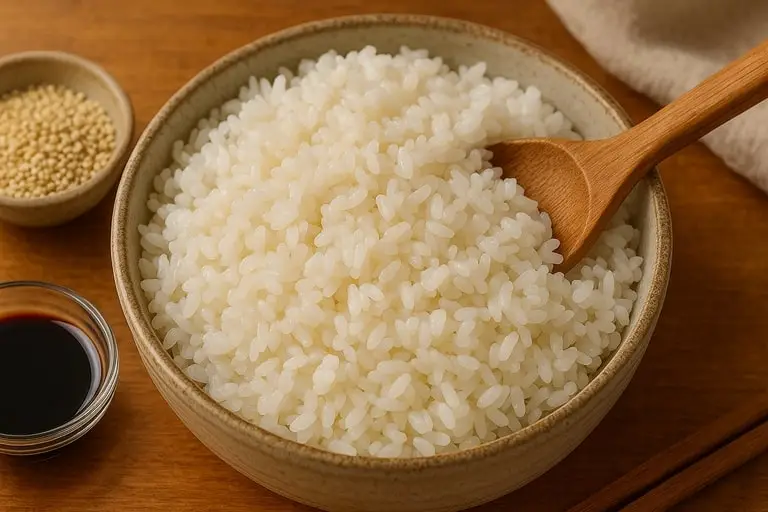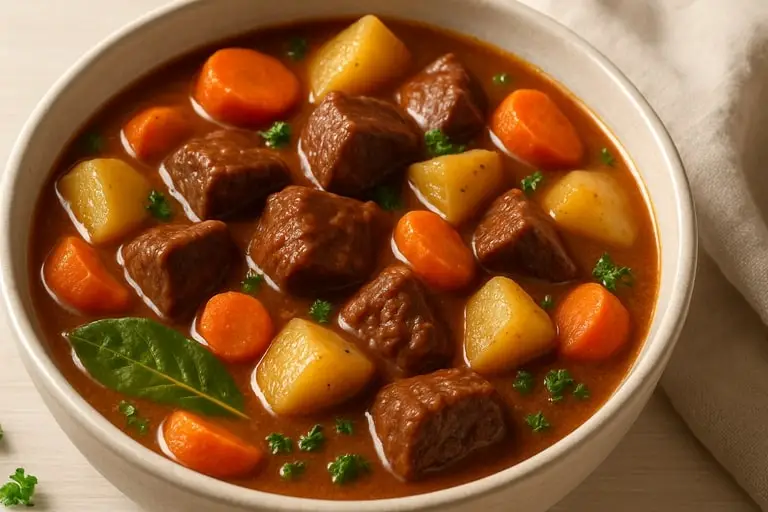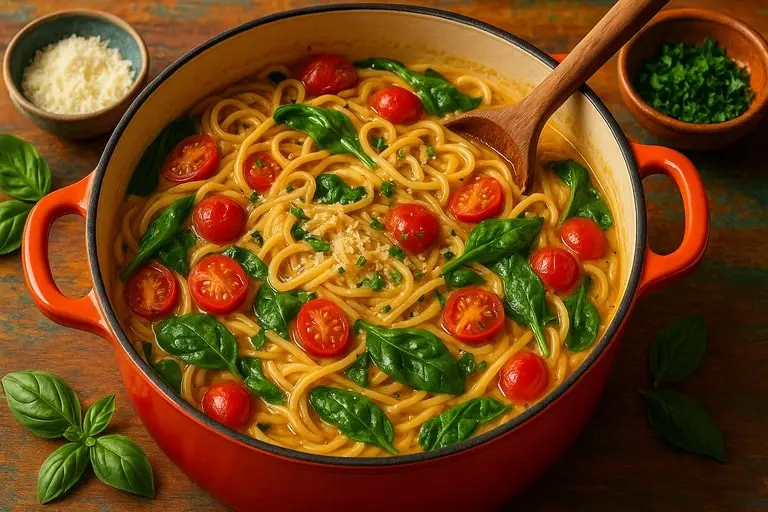Roast chicken occupies a place of honor in kitchens around the world, admired for its simplicity and revered for its depth of flavor. With its golden skin, aromatic herbs, and tender meat, roast chicken embodies both comfort food and culinary artistry. Beyond being a staple of family dinners, it represents a timeless link between tradition and innovation, passed down through generations and constantly reinterpreted by chefs and home cooks alike. Its enduring appeal lies in how such a straightforward preparation can yield results that feel extraordinary, simultaneously humble and celebratory.
The preparation of roast chicken begins with whole poultry, a blank canvas awaiting transformation. Seasoning plays a central role, whether through a simple rub of salt and pepper or elaborate marinades infused with citrus, garlic, and herbs. These choices reflect cultural influences and personal preferences, revealing the diversity of roast chicken traditions. In Mediterranean kitchens, oregano and lemon dominate, while Asian variations lean toward ginger, soy, and sesame oil. Each approach honors the same principle: seasoning that penetrates deeply while elevating natural flavor.
Roast chicken is defined by its textures. The exterior skin, brushed with butter or oil, transforms under heat into a crisp, golden crust. Beneath, the flesh remains succulent, infused with aromas that perfume every bite. Achieving this balance requires attentiveness to temperature and timing. Too hot, and the skin may char before the meat cooks through; too cool, and crispness remains elusive. Success lies in understanding how heat moves through the bird and mastering the interplay between searing and slow roasting.
The significance of roast chicken extends beyond taste to symbolism. In many cultures, it appears on festive tables, embodying generosity and abundance. It is a dish that encourages sharing, inviting families and communities to gather around and carve together. The whole bird, presented intact, signifies wholeness and continuity. From Sunday roasts in England to celebratory meals in Asia and the Americas, roast chicken carries cultural weight, connecting kitchens across continents.
Nutritionally, roast chicken provides an accessible balance of protein and fats. Unlike fried preparations, roasting allows excess fat to render away, leaving behind leaner, flavorful meat. Herbs and aromatics used in roasting add not only taste but antioxidants and beneficial compounds. This harmony of nourishment and indulgence explains why roast chicken endures as both wholesome and comforting, bridging health consciousness with culinary pleasure.
Techniques for roasting vary widely. Some cooks rely on high initial heat to crisp the skin, followed by slower cooking for tenderness. Others adopt spatchcocking—removing the backbone to flatten the bird—ensuring even cooking across breasts and thighs. Basting, trussing, and resting represent additional layers of technique, each contributing to the final texture and presentation. These methods illustrate how a seemingly simple dish contains endless avenues for refinement.
Roast chicken also encourages creativity in accompaniments. Pan juices transform into gravies or reductions, root vegetables absorb flavors when roasted alongside the bird, and stuffing becomes a canvas for regional expressions, from bread cubes with sage to rice infused with spices. This adaptability ensures that no two roast chickens are entirely alike, each shaped by context, season, and cook’s imagination.
The sensory impact of roast chicken extends beyond taste. Its aroma, wafting through a home, creates anticipation and comfort long before the first bite. This olfactory element is central to its cultural resonance: roast chicken not only nourishes but builds atmosphere, marking transitions from ordinary days to special moments. The crackle of roasting skin, the golden hue visible through oven doors, and the first slice through tender breast meat all contribute to the experience.
From a professional perspective, roast chicken serves as both test and showcase of skill. In culinary schools, mastering roast chicken remains a benchmark of competence, demanding knowledge of anatomy, temperature control, and seasoning balance. For restaurants, offering a perfect roast chicken signals respect for tradition while demonstrating technical mastery. Its popularity ensures steady demand, making it both a business staple and a signature offering.
Adaptation continues to define roast chicken’s relevance. Contemporary trends emphasize free-range or organic poultry, reflecting ethical and environmental awareness. New techniques such as sous vide pre-cooking before roasting promise even greater precision. Yet even as technology advances, the essence remains unchanged: roast chicken symbolizes timeless connection between food, family, and ritual.
Ultimately, roast chicken stands as more than a dish—it is a story told through kitchens across time and space. Its ability to remain both classic and adaptable explains its lasting hold on culinary imagination. Whether prepared with simplicity or sophistication, roast chicken endures as a timeless expression of flavor, tradition, and care.
Roast Chicken Recipe Essentials
A roast chicken recipe may appear straightforward, yet its nuances define the difference between mediocrity and mastery. The process demands attention to detail at every stage, from selecting the bird to carving the finished dish. These essentials reveal how technique, timing, and intuition combine to create the roast chicken that lingers in memory long after the meal has ended.
Choosing the right chicken is the first step. Size matters: smaller birds often yield more tender results, while larger ones require careful monitoring to avoid dryness. The quality of poultry, whether free-range, organic, or heritage breed, influences flavor and texture profoundly. High-quality birds possess richer taste, rewarding the investment with every bite.
Seasoning represents another cornerstone. A roast chicken recipe begins with salt, applied generously to penetrate the flesh and draw out natural juices. Some recipes incorporate dry brining, salting the bird in advance and allowing time for seasoning to permeate fully. Herbs such as rosemary, thyme, and sage, paired with garlic and citrus, offer aromatic depth. The balance lies in enhancing rather than overwhelming, allowing the chicken’s character to shine.
Preparation techniques influence outcomes significantly. Trussing, or tying the legs together, promotes even cooking, while spatchcocking accelerates roasting and ensures uniform doneness. Basting with pan juices or butter during roasting keeps meat moist and skin glossy. These choices reflect both tradition and innovation, as cooks adapt methods to personal style and desired results.
Temperature control remains crucial. Starting at high heat to sear the skin, then lowering the oven for gentle roasting, ensures crispness without sacrificing tenderness. Others prefer consistent moderate heat, relying on patience for even cooking. Internal temperature, measured at the thickest part of the thigh, provides objective confirmation of doneness, safeguarding both flavor and safety.
Resting the bird after roasting is a detail often overlooked yet vital. Allowing the chicken to sit for ten to fifteen minutes redistributes juices, preventing them from spilling out when carved. This patience ensures moist, flavorful meat and a more satisfying dining experience. Carving itself requires skill, following natural joints to separate breast, thigh, and wing with elegance.
A well-executed roast chicken recipe extends into accompaniments. Roasting over a bed of onions, carrots, and potatoes transforms simple vegetables into rich side dishes infused with pan drippings. Deglazing the roasting pan with wine or stock creates sauces that elevate the dish into a complete experience. Such practices maximize flavor while minimizing waste, reflecting culinary economy and creativity.
Variations abound, from spice-rubbed chickens reflecting Middle Eastern traditions to herb-crusted versions evoking French countryside cooking. Lemon-stuffed chickens provide brightness, while chili-marinated versions deliver heat. Each variation reflects cultural adaptation, proving that roast chicken serves as a universal canvas upon which flavor traditions are painted.
Modern adaptations also address dietary preferences. Butter alternatives, gluten-free stuffings, or reduced-salt approaches make roast chicken accessible to diverse households. These adjustments demonstrate how tradition accommodates evolving health concerns without losing essence. A roast chicken recipe remains flexible, welcoming innovation while honoring heritage.
The sensory elements of a roast chicken recipe remain central. The crackle of skin in the oven, the aroma of herbs mingling with roasting fat, and the sight of golden-brown perfection evoke anticipation. These experiences engage more than taste—they create memories tied to family, comfort, and celebration. Such intangible qualities explain why roast chicken continues to resonate across contexts.
Ultimately, the essentials of a roast chicken recipe highlight both simplicity and depth. They remind us that perfection often lies not in complication but in careful attention to detail. By respecting ingredients, honoring technique, and embracing patience, cooks transform an everyday bird into a dish that defines culinary artistry.
Roast Chicken and Whole Bird Mastery
Mastering roast chicken requires more than following a recipe—it demands understanding the bird as a whole. From anatomy to cooking dynamics, each aspect contributes to the final dish. Whole bird mastery illustrates how tradition, science, and artistry converge to produce roast chicken that transcends mere sustenance and becomes a culinary statement.
The anatomy of the chicken defines its cooking challenges. Breasts cook faster than thighs, risking dryness if timing is misjudged. Understanding this disparity guides techniques such as spatchcocking, trussing, or even separating parts before roasting. Each choice balances the goal of even doneness with the desire for presentation, as whole roast chicken remains visually striking when served intact.
Whole bird mastery also involves respect for balance between skin and flesh. Achieving crisp skin requires dry surfaces and adequate fat application, whether through butter, oil, or rendered chicken fat itself. Beneath, moisture retention depends on seasoning and temperature control. The interplay between these layers defines success, producing both textural contrast and flavor depth.
Flavor infusion represents another dimension. Stuffing the cavity with aromatics—lemon, garlic, herbs—creates internal steam that perfumes meat from within. Rubs and marinades applied externally contribute surface seasoning, while brining enhances juiciness. Mastery involves harmonizing these methods, ensuring flavors penetrate without overpowering the bird’s natural character.
Resting and carving complete the process. A whole roast chicken deserves thoughtful carving, separating portions cleanly and presenting them attractively. This stage transforms preparation into performance, where skill is showcased before guests. Carving not only distributes meat evenly but also demonstrates respect for the dish and those sharing it.
Cultural interpretations of whole roast chicken reflect diverse identities. In French cuisine, poulet rôti embodies rustic elegance, often served with pan sauces. In Chinese traditions, soy-marinated roast chicken symbolizes celebration, while in Latin America, spice-rubbed versions highlight bold flavor. These variations prove that whole bird mastery transcends borders, embodying global culinary heritage.
Whole roast chicken also integrates with sustainability practices. Utilizing every part—from bones for stock to rendered fat for cooking—demonstrates resourcefulness. Such practices reflect respect for the animal and align with contemporary values of minimizing waste. Mastery, therefore, extends beyond flavor into stewardship of ingredients.
Modern innovations refine whole bird mastery further. Techniques such as sous vide pre-cooking followed by roasting offer unprecedented precision, ensuring tenderness without sacrificing crispness. Convection ovens and smart thermometers provide tools for consistency, blending tradition with technology. Yet mastery remains rooted in attentiveness and intuition, qualities no device can replace.
Psychologically, whole roast chicken carries profound resonance. Its presence on a table signifies abundance, generosity, and care. Serving a whole bird creates ceremony, transforming meals into occasions. This symbolic weight explains why roast chicken occupies roles in holidays, family gatherings, and celebratory feasts worldwide.
Even as trends shift, whole bird mastery retains relevance. While culinary fashions embrace molecular gastronomy or plant-based innovation, roast chicken persists as a benchmark of skill and comfort. Its essence cannot be replaced by novelty, for it speaks to primal satisfaction rooted in nourishment and sharing.
Ultimately, roast chicken and whole bird mastery reveal how simplicity conceals depth. To roast a chicken well is to honor tradition, embrace technique, and create connection. The dish’s universality reflects not only its flavor but its ability to embody care, heritage, and artistry. In mastering roast chicken, one masters more than food—one masters the essence of cooking itself.
A whole chicken has long been one of the most iconic ingredients in global cuisine, standing as a centerpiece in kitchens for centuries and symbolizing nourishment, generosity, and culinary tradition. Unlike segmented cuts that focus on a single part, a whole bird tells a complete story of cooking: it brings together contrasts of texture, juiciness, aroma, and versatility in one form.
For many, roasting or stewing an entire chicken is a ritual that transforms an ordinary day into a shared occasion, because it is more than just protein on a plate — it is a reflection of history, family connection, and craftsmanship in cooking. Across cultures, the bird takes on symbolic meaning, appearing on festive tables, in healing broths, or as a humble weeknight meal that still manages to deliver satisfaction. By working with the entire bird rather than focusing on individual parts, the cook engages in a practice that is both economical and deeply rooted in respect for food.
The preparation of a whole chicken carries with it a sense of completeness that segmented cuts rarely provide. When placed in the oven, the bird undergoes transformations that engage every sense: the skin gradually browns, releasing aromas of fat and caramelized juices; the meat tenderizes slowly, retaining natural moisture when treated with care; and the bones enrich the flavor, providing depth and character.
This process has fascinated cooks for centuries because it requires patience and attentiveness, yet rewards with a complexity of flavors that simple pan-fried pieces cannot achieve. Serving it whole also adds theatricality: carving at the table, presenting the bird as a golden centerpiece, and inviting diners to share creates a sense of community and ritual. Such traditions reinforce the idea that food is not only sustenance but also performance, capable of uniting people across generations.
Cooking a whole bird also provides lessons in balance and control. Achieving the perfect result means respecting the differences between cuts: the breast, lean and prone to drying out, contrasts with the legs and thighs, which demand longer heat to reach succulence.
Mastery lies in harmonizing these opposing needs, whether through trussing, basting, or manipulating oven temperatures. The result, when done properly, is a dish where every bite tells a different story — crisp skin, juicy thigh meat, delicate breast slices, and perhaps a wing for those who prefer concentrated flavor. This variety makes a single chicken suitable for diverse palates at the same table. In many ways, it is democratic food, offering something for everyone while maintaining its role as a unifying centerpiece.
Culturally, the presence of a whole chicken is almost universal. In Europe, the Sunday roast remains a cherished tradition, gathering families around tables filled with roasted vegetables and rich gravies. In Asia, steaming or poaching whole birds symbolizes purity and balance, often appearing in celebratory feasts. In Latin America, slow-braised preparations infuse the meat with local spices and herbs, embedding the chicken within the identity of regional cuisines.
These cultural variations prove the bird’s adaptability: it accepts marinades, rubs, sauces, and cooking methods from across the globe, making it a canvas for both tradition and innovation. For some, it is a symbol of comfort; for others, a luxurious treat. Its universality ensures that no matter where one travels, the image of a whole chicken resonates with familiarity.
Beyond its cultural significance, the bird embodies resourcefulness. Preparing it whole means that nothing is wasted: bones form the foundation of nourishing broths, rendered fat flavors vegetables or grains, leftover scraps contribute to salads or sandwiches.
This full utilization reflects a mindset of respect toward ingredients, a philosophy that resonates with contemporary conversations about sustainability. For centuries, households treated the whole chicken as an investment, stretching its potential across multiple meals. That ethos has not disappeared, and modern cooks continue to embrace it, not only for economic reasons but also for the satisfaction of maximizing every part.
Nutritionally, the bird offers balance and choice. Dark and light meats provide different profiles of fat and protein, allowing diners to select according to taste or dietary preference. The presence of skin introduces richness, while removing it caters to leaner diets.
Bones simmered into stock release minerals and gelatin, enhancing both nutrition and flavor. For those mindful of diet, the whole bird offers flexibility, adapting easily to varying health goals without sacrificing enjoyment. Unlike processed alternatives, its natural state provides an opportunity for clean, home-cooked nourishment that satisfies body and soul.
The symbolism of serving a whole chicken also carries emotional resonance. To present it at the table is to suggest abundance, generosity, and care. It is often the centerpiece of holidays, birthdays, or family gatherings, chosen precisely because it signals effort and thoughtfulness.
The process of carving also reinforces shared experience: each slice is offered, each portion distributed, creating bonds between cook and diners. In many cultures, elders or hosts are entrusted with carving, further elevating the act into a ceremony that honors tradition. These rituals transcend the purely culinary, embedding the bird into the social fabric of communities.
Modern culinary innovation continues to reinterpret the whole chicken. Chefs experiment with brining to enhance juiciness, smoking to add depth, or stuffing to surprise diners with layers of flavor hidden inside. Even in fine dining, where individual cuts often dominate, the whole bird reappears as a statement of authenticity and respect for tradition.
Restaurants that serve it in its entirety often find that it captivates diners in ways more elaborate creations cannot, reminding them of simplicity and comfort. In home kitchens, new tools and appliances allow cooks to achieve professional results, making the preparation less intimidating and more accessible.
Despite its adaptability, preparing the entire bird requires mindfulness and patience. Unlike quick meals that can be assembled in minutes, this dish asks for investment of time and attention. That commitment, however, is rewarded not just in flavor but in the satisfaction of craftsmanship.
Cooking a whole chicken teaches lessons of patience, precision, and respect that extend beyond the kitchen, reflecting broader life values. It becomes a ritual of slowing down, paying attention, and savoring the process, offering respite from the rush of modern life.
The sensory journey is integral to its appeal. From the initial preparation—rinsing, seasoning, and trussing—to the slow build of aroma filling a home, every step engages anticipation. The sound of sizzling fat, the sight of browning skin, the final moment of carving: these create a multi-layered experience that is as much emotional as it is physical. Diners recall not only the taste but also the atmosphere of the occasion, the people present, and the feelings shared. A whole chicken thus becomes a memory anchor, tying food to the stories of our lives.
In examining its place across time and culture, one recognizes that the whole chicken is more than a culinary staple; it is a vessel of meaning. It speaks to frugality and abundance, to everyday simplicity and festive grandeur. Its versatility ensures that it can appear in the humblest family kitchen or on the grandest banquet table, adapting seamlessly while always carrying with it the same universal resonance. It is as relevant today as it was centuries ago, a timeless companion to human gatherings.
Ultimately, the whole chicken is not merely food but a symbol of connection, care, and continuity. It bridges the gap between sustenance and ritual, between economy and luxury, between tradition and innovation.
To prepare it is to engage in a practice steeped in history yet alive with modern relevance, a reminder that some of the simplest ingredients hold the deepest power to unite, nourish, and inspire. Its enduring presence across cultures and generations confirms its status as one of the most significant foods in human history, a true embodiment of what it means for cooking to be both necessity and art.



